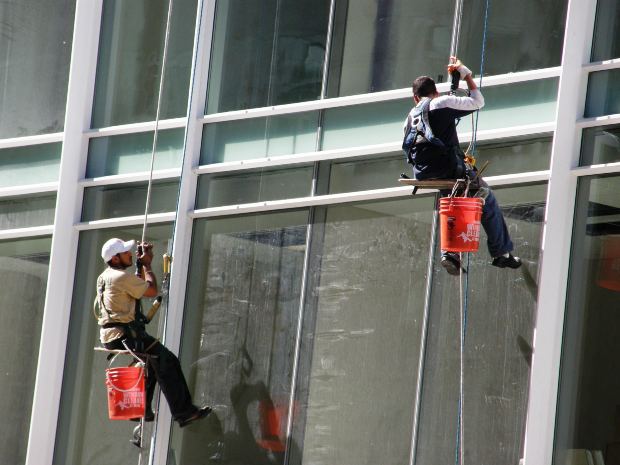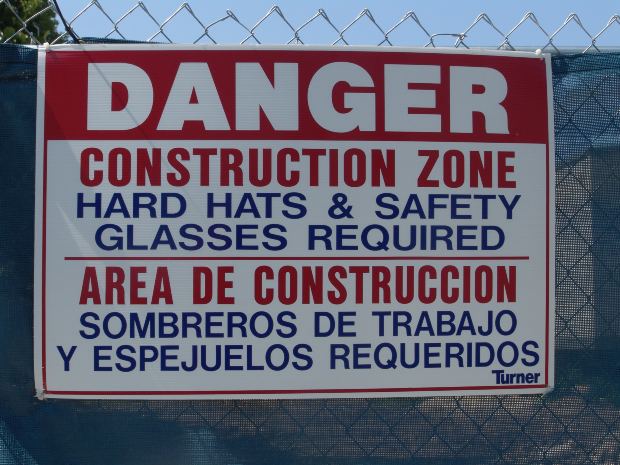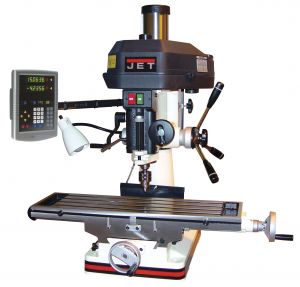Two workers who became trapped at the top of the Hearst Building in New York City were rescued without injury Wednesday afternoon.
Rescue crews from the New York City fire department arrived around 2:40 p.m. Wednesday to help two window washers who became suspended on the 44th floor after the metal scaffolding they were standing on buckled and gave way.

According to officials, firefighters worked from both the roof and from a window on the 44th floor (which was level with the scaffold platform) to reach the two men. Firefighters eventually cut a 4-foot-by-4-foot panel of glass from the window and pulled the workers to safety. The men, ages 26 and 49, were both wearing safety harnesses, and neither was injured. Firefighters were also able to pull the scaffolding up to the roof, where they determined that it was the scaffolding’s motor that had failed and thus caused the incident.
Luckily both men’s safety harnesses were functioning properly and they were uninjured. However, this is not always the circumstance. Earlier last month for example, two men working at Hingham High School were injured after they both fell off of the roof’s scaffolding. While both of the men were equipped with safety harnesses, one of the men was seriously injured after his safety harness failed.
Scaffolding is used as a temporary platform that is used to help build, install, repair, or reach any surface that cannot be reached by ladder. Scaffolding incidents can occur for a number of reasons including incorrect assembly and improper manufacturing. Accidents can also happen when supports fail or collapse, when scaffolding is broken, scaffolding is wet and a worker slips and falls, or when workers are inadequately trained on how to operate equipment.
Due to the height of scaffolding, injuries sustained during scaffolding incidents are often serious and sometimes fatal. Injuries might include fractures, head injuries, broken bones, or spinal trauma that could lead to paralysis or death.
Continue reading
 Massachusetts Workers' Compensation Lawyer Blog
Massachusetts Workers' Compensation Lawyer Blog












